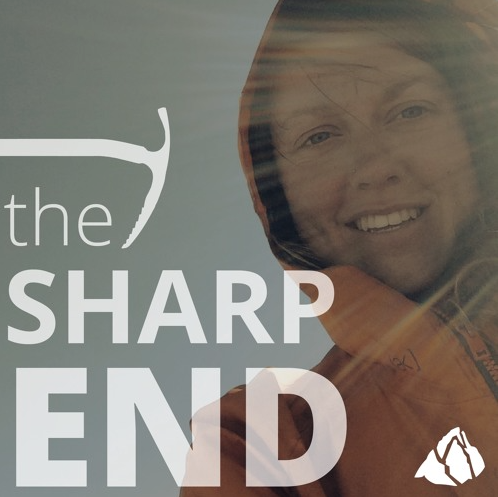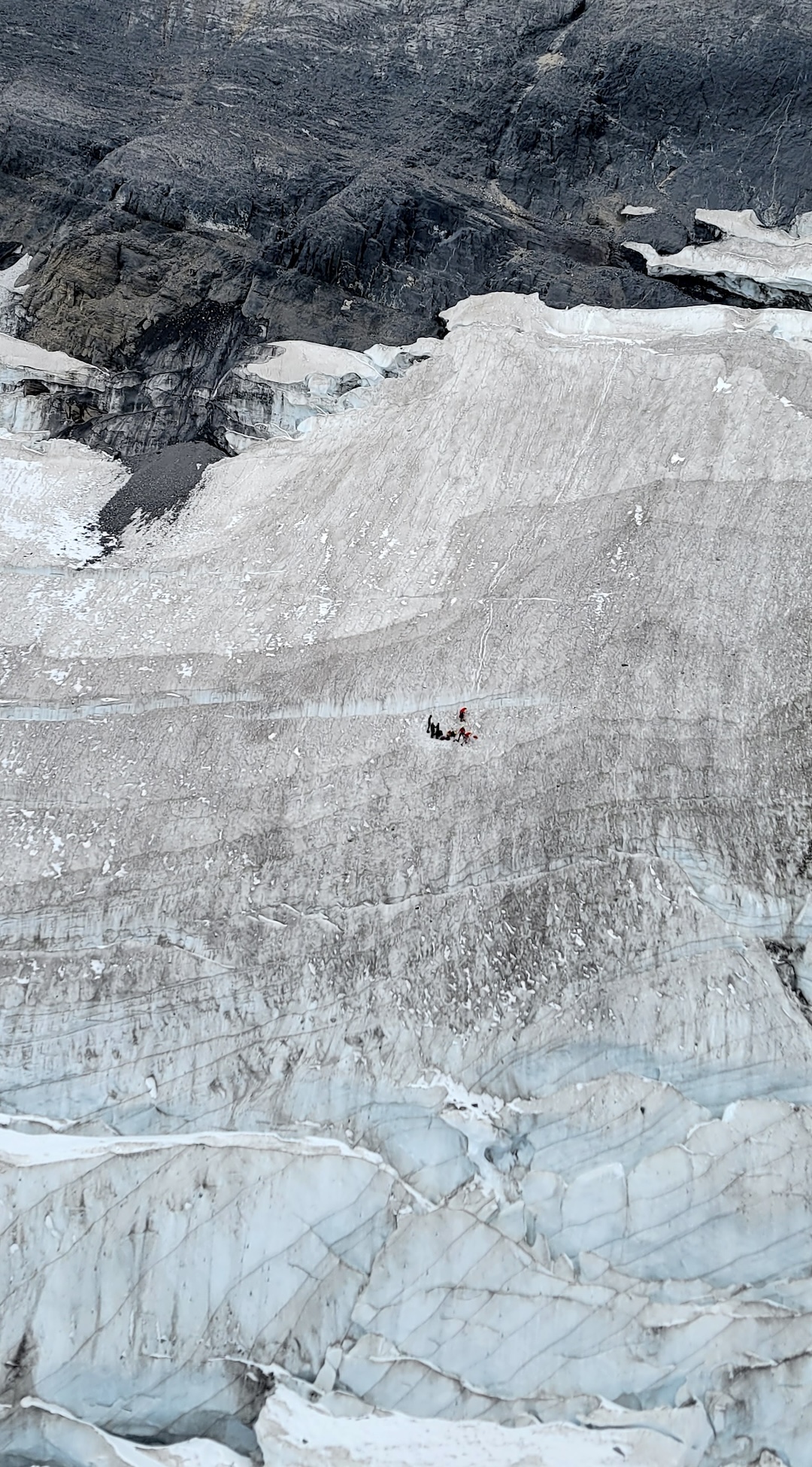Fall Into Crevasse — Unroped, Inadequate Equipment
Canada, Alberta, Banff National Park, Lower Victoria Glacier
At 1 p.m. on September 17, a solo climber was descending Mt. Collier (3,215 meters) via the Collier-Victoria col. While transitioning from the rocky terrain below the col to icy slopes leading down to the Lower Victoria Glacier, the climber lost their footing and started sliding down the steep slope. After 80 meters, the climber disappeared into an open crevasse approximately 2.5 meters wide, on lower-angle terrain. Fortunately, the incident was witnessed by an Association of Canadian Mountain Guides (ACMG) guide from the top of the Collier-Victoria col. The guide immediately called Parks Canada via satellite phone and initiated a rescue.
The guide (with two clients) made their way down to the point where the fallen climber was last seen. The climber had fallen 25 meters into the crevasse and stopped on a small snow bridge. Surprisingly, they were not badly hurt. The guide rappelled down and secured the climber to the wall of the crevasse. As the Parks Canada rescue team arrived, the guide was just returning to the surface. A rescuer was lowered into the crevasse, and the fallen climber was raised using a twin rope system. The patient was mildly hypothermic and had only some minor cuts and lacerations. The climber was evacuated to a staging area using a helicopter long-line and then flown to a waiting ambulance in Lake Louise.
Analysis
Although the climber seemed to have had some experience, they were not equipped with crampons, an ice axe, a harness, or a helmet. It is believed the climber ascended Mt. Collier via a rock scramble route on the east face, but chose to descend via the Collier-Victoria col. Although this descent option is relatively easy, it involves negotiating steep snow and ice slopes. This accident can be attributed directly to the climber not having the proper gear.
The climber took a very cavalier approach to climbing a high peak in the Rocky Mountains and likely did not research the descent options. The climber was extremely lucky that the fall was witnessed, because they had no means to escape the crevasse on their own. They were fortunate to land on a snow bridge after the 25-meter fall. Had they continued falling, they would have become wedged in the constriction typically found at the bottom of crevasses.
It should be noted that even had the climber safely descended to the Lower
Victoria Glacier, they would have been confronted by complex and heavily crevassed terrain without the benefit of proper equipment and a partner required for safe glacier travel. (Source: Ian Jackson, Parks Canada.)



